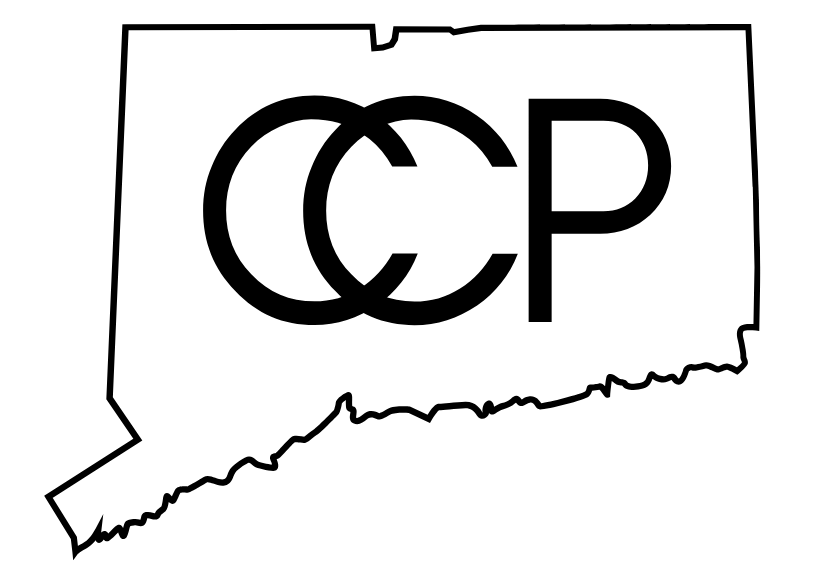Witness Accounts
Judge Karen Dooley dissolves Cintron, ruling all pending violations inconsequential. She affirms the intention of the consent decree, and recommends that future efforts of police reform move within the powers of “the police department itself, the City of Hartford, and the greater Hartford community.”

